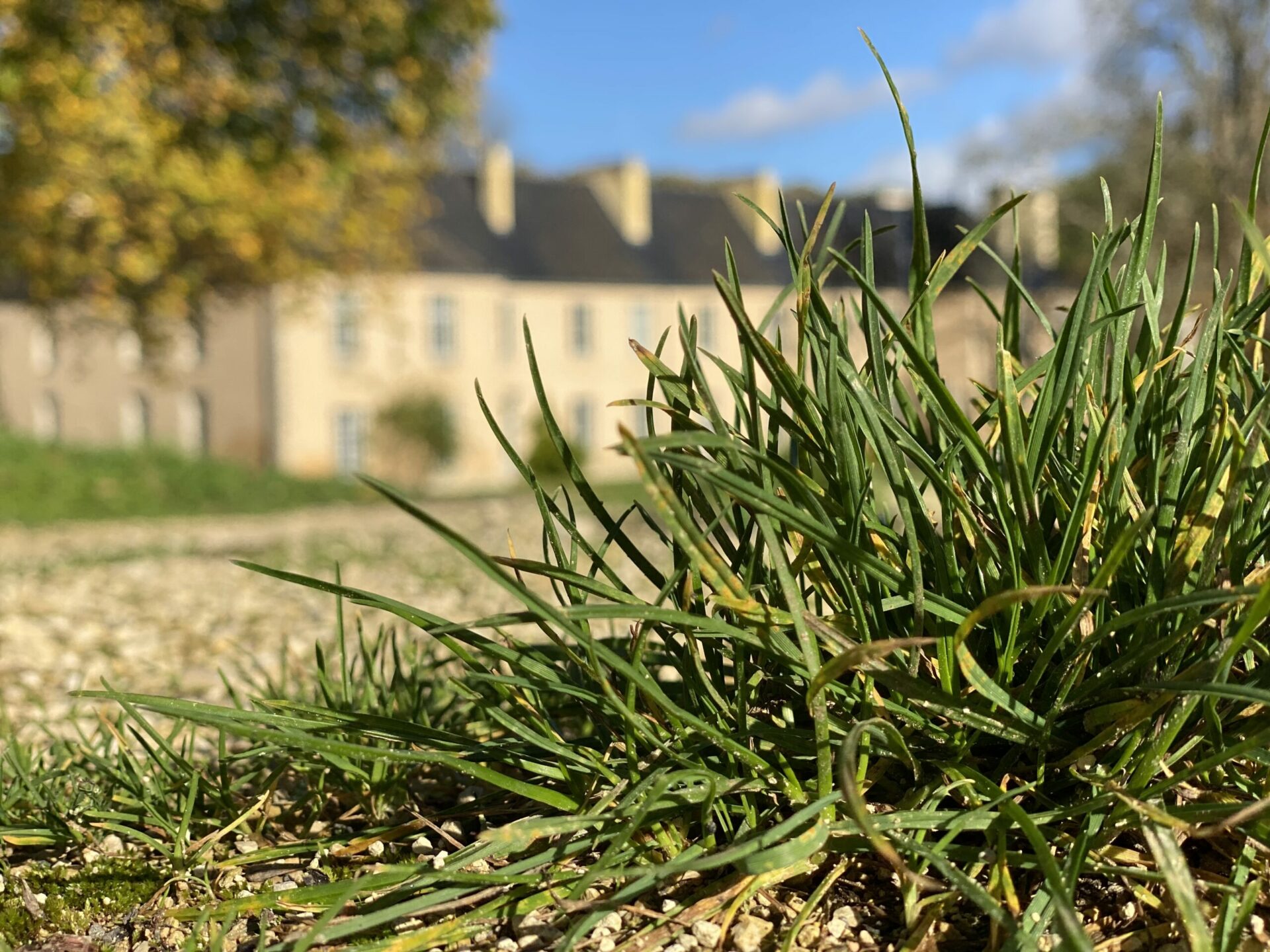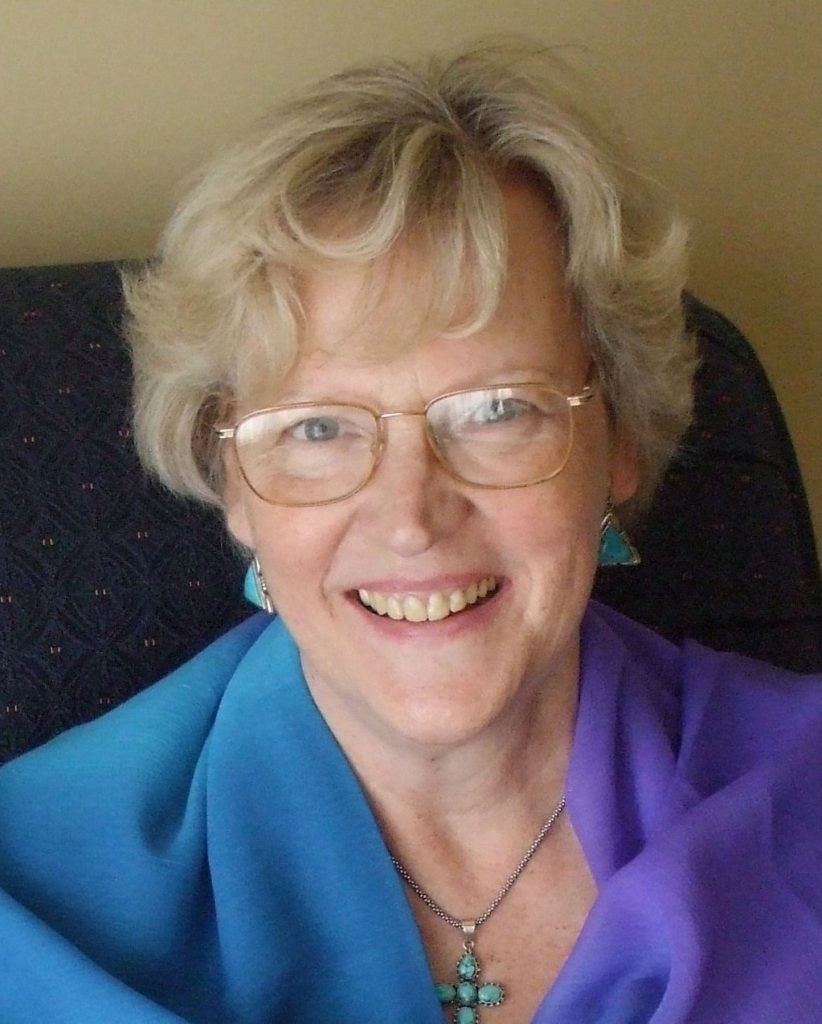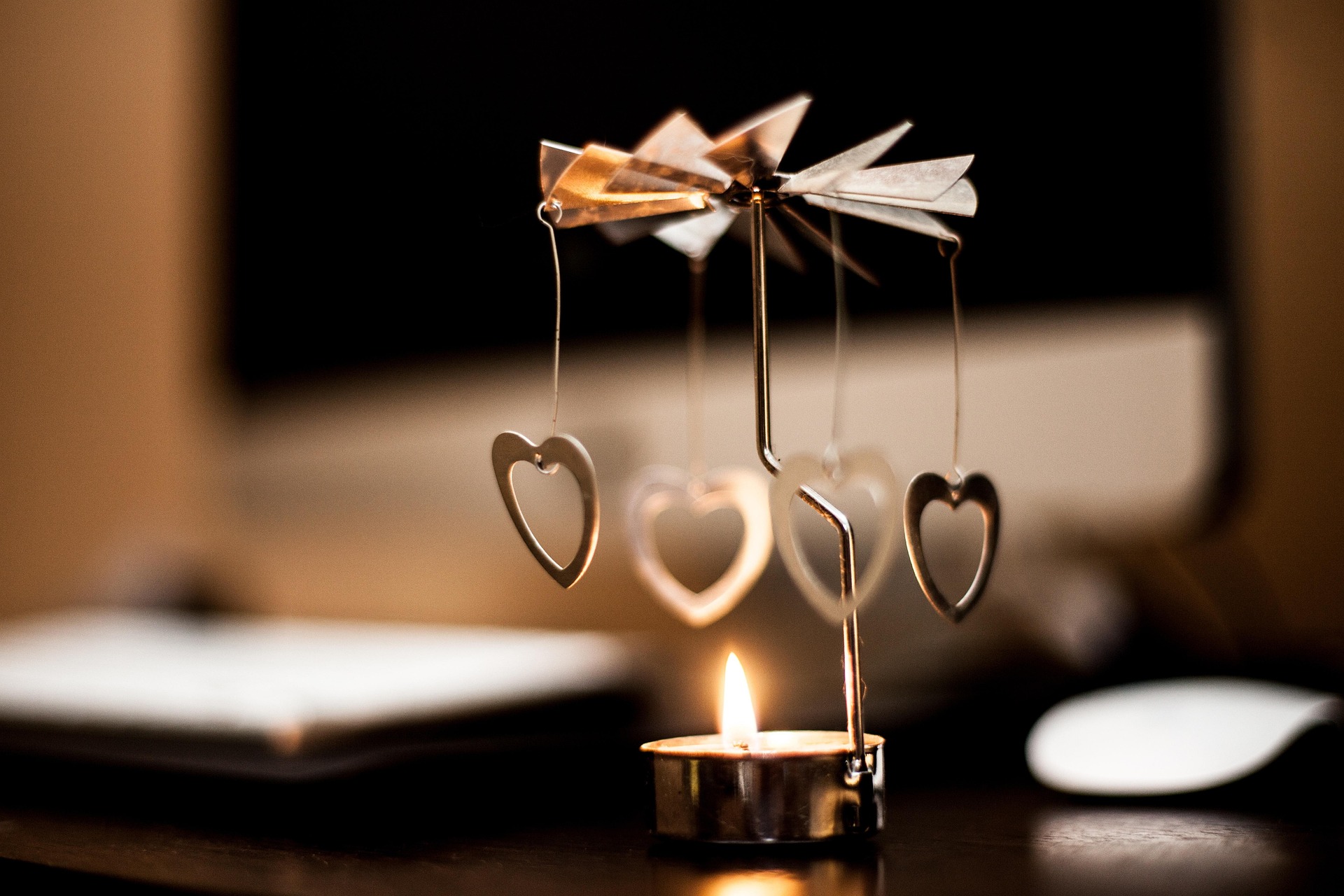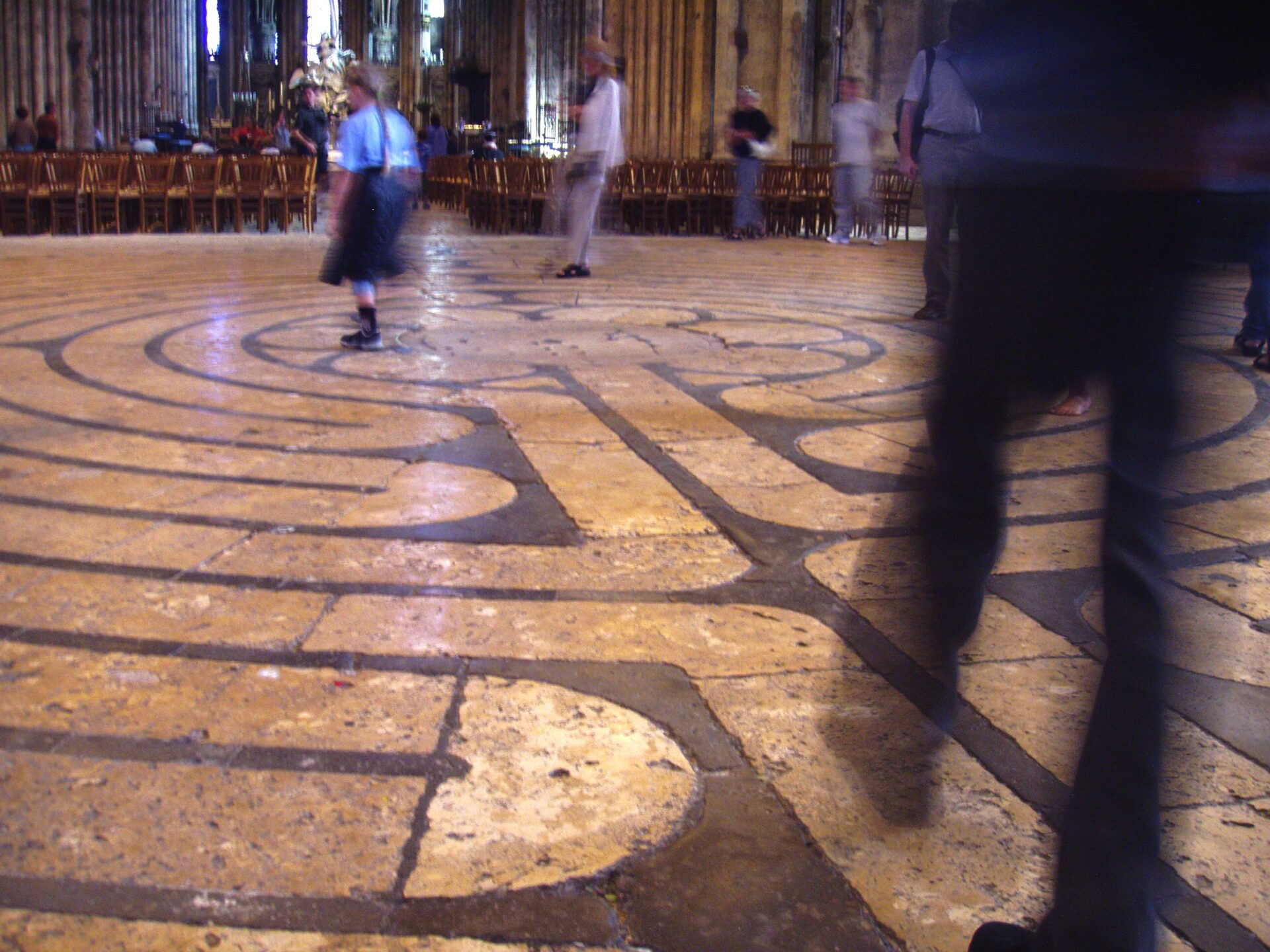Contemplation leads us to seeing everything in its total context, but unless it is accompanied by action we are not yet complete. The story of Martha and Mary in the Gospel of Luke (Luke 10:32-42) illustrates the importance of the integration of doing and being, of the relationship between action and contemplation. Martha represents the active, busy life we all lead every day with its demands of work, friendship and hospitality. Who hasn’t felt annoyed at others listening to a favourite guest or meditating, and who, instead of being able to join in, has to carry on preparing the meal to be shared afterwards? Mary is the contemplative part of our being, meditating, listening deeply to the Christ within in prayer or meeting him in careful reading of Scripture, Lectio Divina.
This story in a way symbolises, who we are. Action and contemplation are two sides of our own being. We are both Martha and Mary. When we are so busy and grumble about there being no longer any time to meditate, then Martha has taken over. When we contemplate giving up our job to devote ourselves totally to the work of prayer/meditation and listening deeply, then we want to be only Mary. But there needs to be balance: we can’t be one or the other exclusively. We are both even when living in community, as the Rule of St Benedict stresses: there should be times of prayer and times of work – ‘ora et labora’.
Martha is doing an important job, making everything ready for the meal to be shared, but by focusing resentfully on this, she loses sight of the other half of her soul, the deeply listening attentive Mary. Jesus points this out to her: “Martha, Martha, you are fussing and fretting about so many things.” We all do this at times. If only we could do, what needs to be done, from the awareness of our deep centre within us, where compassion for others dwells. The one who grumbles is our ‘ego’, who needs esteem, who wants to be praised and see others blamed. What is needed is acceptance and integration of both sides of our being: we have to be Martha sometimes but we can also be Mary at other times. In Jesus’ own life we see this wonderful balance of action and contemplation. He wanders over the countryside preaching and healing and yet often we hear that he withdraws to a quiet place to be still and pray: “During this time he went out one day into the hills to pray and spent the night in prayer to God.”
Most life in the Church to day focuses on the Martha aspect of our being and some have even forgotten the work that Mary is praised for by Jesus. There is doing, caring for others, talking and vocal prayer of praise, adoration, petition, intercession, thanksgiving and liturgical prayer – all important and valid ways of prayer. But Mary’s work, silent prayer, deep listening – contemplation – is relegated to the few nuns and monks drawn to this way of being. This was John Main’s calling in life, which Laurence Freeman carries forward: to try and re-connect ordinary Christians with the long-established tradition of contemplative prayer, which goes back to the teaching of Jesus .In 2007 the World Community of Christian Meditation received canonical recognition from the Vatican as a Ecumenical Contemplative Community, acknowledging the importance of the work of Mary.





